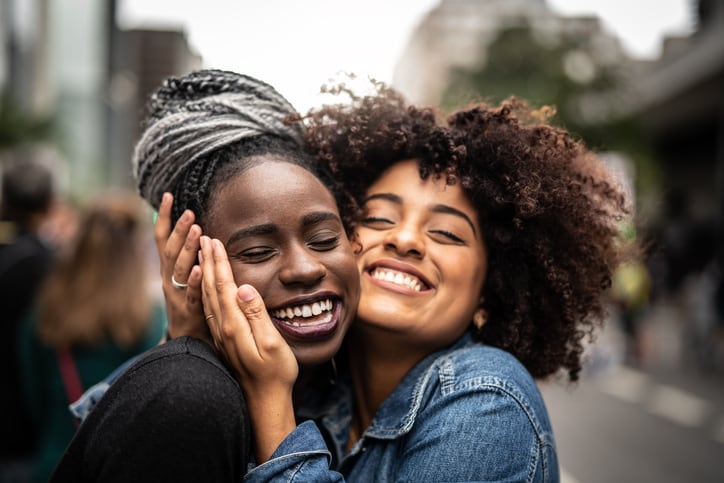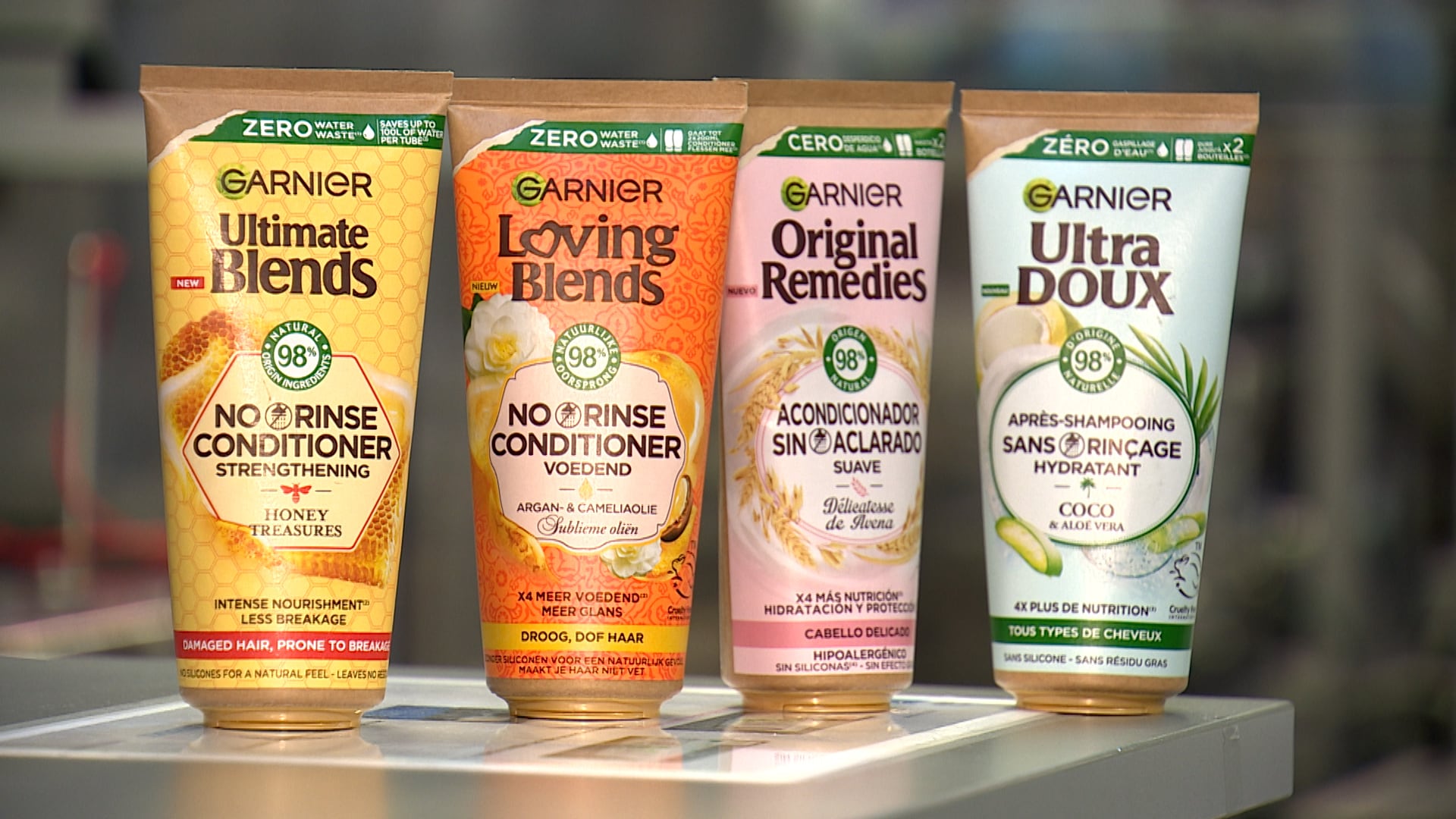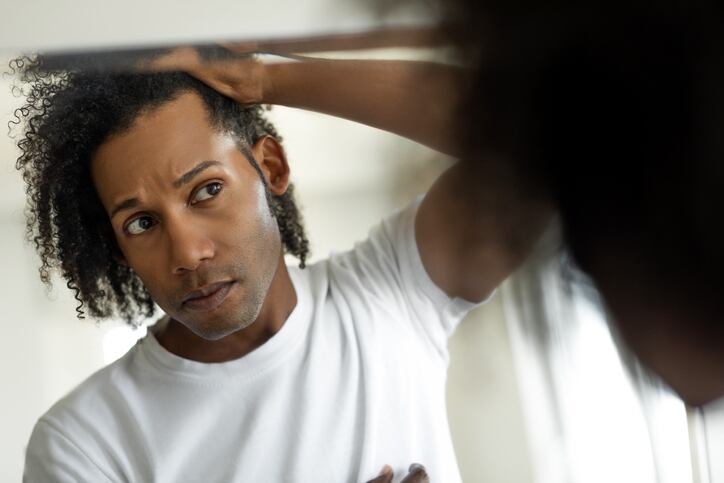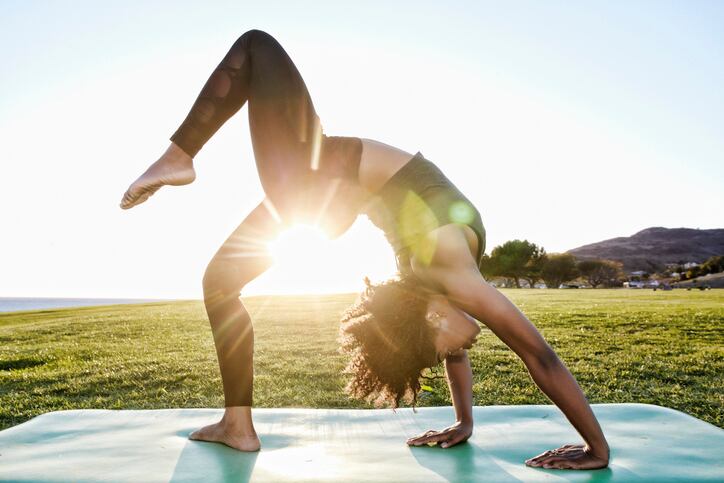Because Black people are underrepresented in the dermatology field, a research team out of the United States, Asbeck et al, compiled knowledge research and literature review on the health, social and personal impacts of several common styling techniques, so as to better serve the demographic.
Published in Cosmetics, according to Asbeck et al, the Black hair industry sits around a half-trillion dollars globally, and Black women spend more on hair than any other ethnic group. As such a large segment of the hair market, and one historically underrepresented in retail settings and R&D in the US, knowing about the styles used by these consumers can be beneficial to those creating products.
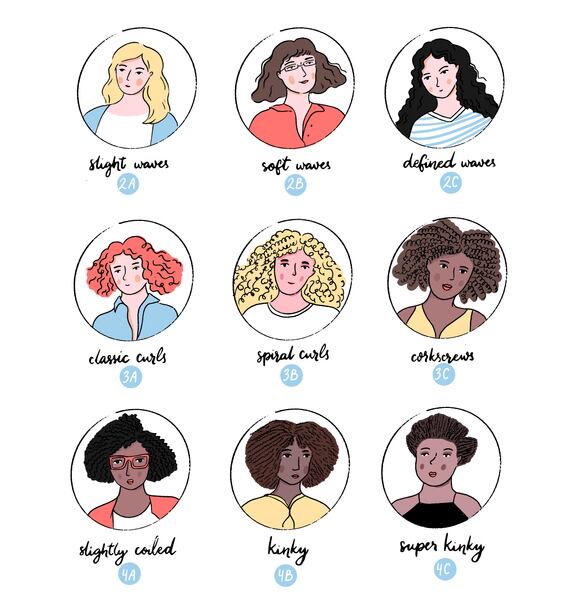
“Social and environmental pressures continue to influence what society views as beautiful and culturally acceptable,” Asbeck et al said. “There has been substantial debate and discussion regarding the association between certain hairstyles worn by Black women and their connection to hair disorders and other health conditions common to this population.”
While hair texture varies from person to person, Black or Afro-ethnic hair typically falls in the curly (3a, 3b, 3c) or the kinky, curly, coiled (4a, 4b, 4c) hair textures.
Chemically relaxed hair
Relaxed or “permed” hair is when a lye-based or non-lye-based chemical is used to straighten curly hair.
Asbeck et al said surveys show a range of 71-95% of African-American women have used relaxers at some point in their lives, citing hair manageability, decreased work of combing and improved self-esteem as reasons for using the style.
“Hair relaxing or ‘perming’ has generally been viewed as a way for Black women to assimilate into Eurocentric standards of beauty and professionalism,” Asbeck et al said. “In fact, relaxer use is highest in the Southern states, a region where, historically, resistance to desegregation and discrimination against Black individuals was very widespread.”
The research team added the use of relaxers has fluctuated over time, like a decline in the 1960s and 70s when “‘Afrocentric’ hairstyles” became more popular, and have been declining in the past few decades.
The most commonly associated risks of using either type of relaxer are hair damage, skin irritation, carcinogen exposure, endocrine-disrupting chemical exposure, hair loss and lack of exercise-friendly hairstyle options, though reports of scalp irritation and dryness decrease with the use of lye products.
Because of the chemical characteristics of chemical relaxers, their use can burn the skin, digest hair and seriously impact the integrity of the hair itself, increasing fragility, breakage and thinning, Asbeck et al said.
While several chemicals present in hair relaxers have been carcinogenic in animal testing, there is mixed evidence as to whether or not the use of relaxers impacts incidents of cancer in their users.
Asbeck et al said some studies have shown an association between hair relaxers and the development of tumors and other cancer risk factors, but others have not been able to identify evidence of a connection to specific cancers.
Another concern is relaxers' possible association with Central Centrifugal Cicatricial Alopecia, which is a scarring alopecia that leaves behind a smooth scalp and follicular dropout and is the most common type of scarring alopecia for the particular demographic.
The relationship between CCCA and chemical relaxers is still unclear, but Asbeck et al presented a mix of studies that did and did not show an association between the product and the condition, saying more studies need to be done on the issue to find a conclusive answer.
Outside of contact with the hair itself, Asbeck et al said research shows a given hairstyle, especially chemically straightened hair, can impact whether or not a person exercises. They said this is a particular concern because 80% of African American women are overweight or obese, which can contribute to other serious health issues.
“In a study on 61 women of self-reported African, Afro-Caribbean, or African-American race, 18% of women stated that they exercised less than they would like because of their hair, for fear of ‘sweating out’ hairstyles, and due to the time needed to restyle hair,” Asbeck et al said.
Keratin treatment
Brazilian keratin treatments are a straightening method by which a formaldehyde or formaldehyde-releasing solution is applied to the hair, followed by a blowdry and flat iron, as well as the application of synthetic keratin that adheres to the natural keratin in the hair.
The treatment is reportedly safe for chemically relaxed, highlighted, and color-treated hair and has lasting smoothing, decreased frizz and increased shine effects for up to five months, Asbeck et al said.
“For many Black women, it is touted as a good option when transitioning from relaxed to natural hair, as it offers a way to camouflage new growth until the relaxed hair grows out,” Asbeck et al said. “However, as this is a relatively new hair treatment, there are very little published data on the overall popularity and frequency of use of BKTs among African-American women.”
Asbeck et al said while keratin treatments appear to be safer than chemical straightening, formaldehyde is a known human carcinogen that causes respiratory irritation, contact dermatitis, headaches and pregnancy complications.
Research has yet to determine what, if any, is a safe level of formaldehyde exposure in cosmetics, though the US Cosmetic Ingredient Review Expert Panel set a maximum safe concentration of formaldehyde at 0.2%.
Though some brands use formaldehyde-releasing formulations, often advertised as formaldehyde-free, are becoming more popular, Asbeck et al said their is no evidence these formulations are safer.
“Natural” hair
Natural hair refers to hair which has not been chemically straightened. Asbeck et al said market trend research has shown that natural hair styling has become more popular in recent decades, with one study showing a 10% increase in natural hairstyles in a group of 200 women between 2010 and 2011.
The market for natural hair products, along with media about styling natural hair, has increased significantly, meaning “going natural” is easier for consumers. However, natural hairstyling may have professional and social drawbacks, Asbeck et al said.
“Even in the current times, women continue to face discrimination for wearing their natural hair texture,” Asbeck et al said. “Discrimination, and subsequent psychological damage, were the most poignant identified risks that women of African descent experience when choosing to wear their hair natural.”
Asbeck et al said harassment for wearing hair naturally can start for Black children from a young age and continues into adulthood when people may face corporate policies which exclude natural hairstyles.
Discrimination driven by wearing natural hair can have a psychological impact on Black individuals, shown in one study cited by Asbeck et al in which half of the participants wrote about feeling sadness and self-consciousness around hair discrimination, causing many to “chemically or thermally change their hair texture or change the length of their hair in response to discrimination.”
One barrier to consumers choosing natural hairstyles is the time or maintenance associated with the texture, particularly for those who are used to chemically straightening their hair.
“For many Black women, they have had straightened hair longer than they have had natural hair, and many prefer the manageability associated with relaxed hair, or simply prefer the way straight hair looks,” Asbeck et al said.
The authors said more can be done to protect the Black community from professional discrimination on the grounds of hairstyle or texture, including the Create a Respectful and Open World for Natural Hair (CROWN) Act, which has passed in 10 states and is in some level of state legislation in 24 others.
“Traction” Hairstyles: Braids, Weaves, Wigs, Twists, and Dreadlocks
This category of styles is fairly broad, but generally, styles that do not require chemicals, take hours or sometimes days to put in, but can be worn for a long time and, aside from dreadlocks, do not require daily management, known as a protective style, said Asbeck et al.
They cite braids as the most versatile type of traction style, which is good for exercise and can be shampooed regularly. Hair weaves can also be washed, conditioned and moisturized regularly. Dreadlocks are considered to be permanent and are also exercise-friendly.
While this is not a comprehensive list of traction hairstyles, the most common health risk in this category is traction alopecia or hair loss caused by repeatedly pulling in one direction.
According to Asbeck et all, research shows this condition is worst for Black women when traction hairstyles are used with chemically straightened hair or extensions, which add weight to the hair follicle.
Traction styles can also make their wearers more susceptible to forms of dermatitis, like allergic contact dermatitis caused by weave adhesives or seborrheic dermatitis caused by longer periods between washes with braids and weaves. CCCA can also be associated with traction styles.
Asbeck et al concluded while all hairstyles are associated with some risk, natural hairstyles have the fewest health risks. The team also concluded that more research is needed into the risks and causes of CCCA.
“While acceptance of these natural hairstyles is on the rise, there is more work to be done throughout social and legal spheres to help protect women making not only a personal style choice, but a health-conscious one,” Asbeck et al said.
Source: Cosmetics
Published online ahead of print, doi: 10.3390/cosmetics9010017
Title: "Afro-ethnic hairstyling trends, risks, and recommendations"
Authors: S. Asbeck et al.

